While iPhone fans have been waiting in line to pick up the 5c in their favorite colors, one tech repair site has been disassembling the polycarbonate-backed iPhone, revealing a sturdy device that loses some points on repairability.
Just as was the case with the iPhone 5s, iFixit has performed the requisite teardown on the lower-cost iPhone 5c. The tech teardown site examined and disassembled a blue 5c model, finding initially that several of the controls and outputs on the device are considerably larger than on the iPhone 5 or 5s. The volume buttons are larger, and the 10-hole microphone grille and 16-hole speaker grille have been replaced with one- and four-hole grilles, respectively.
The 5c also uses Pentalobe screws that are "super tiny" according to iFixit. Upon opening the device, the site found that replacing the battery is held in place with new adhesive strips, as is the case with the 5s. Despite the new adhesive, iFixit believes replacing the battery will involve largely the same process as with the iPhone 5. While the 5c — a higher-margin replacement for the iPhone 5 — features mostly the same components as its aluminum-built predecessor, the battery inside the new device has seen improvement. The 5c packs a 3.8V—5.74Wh—1510mAh battery instead of the 3.8V—5.35Wh—1440mAh batter in the iPhone 5.
The battery is not the only glued-in component in the iPhone 5c, though. The antenna connectors are also secured with adhesives. While the use of such a technique regularly draws complaints from sites such as iFixit, Apple has regularly defended the use of adhesives in its products as a means of ensuring their slimness, noting that repairs should be done by Apple-certified professionals.
Inside, the 5c packs the same Apple A6 processor featured in the iPhone 5, a Qualcomm MDM9615M LTE modem, and a Qualcomm WTR1605L LTE/HSPA+/CDMA2K/TDSCDMA/EDGE/GPS transceiver. The back of the logic board features assorted power management, flash, and controller components from Toshiba, Qualcomm, and Broadcom, as well as a Murata Wi-Fi module.
iFixit notes that the display assembly for the iPhone 5s is slightly lighter than that of the iPhone 5c, despite the fact that the 5s sports a fingerprint sensor. The site determined that there is no chance of cross-compatibility in display assemblies between the two devices due to the different FaceTime/speaker connector sizes.
The 5c gets positive marks for build quality, as its steel-backed polycarbonate chassis was resistant to efforts to bend it. In addition to providing structural support, the steel frame nestled inside the plastic shell also serves as an antenna for the device. As a result, though, the iPhone 5c is much heavier than its predecessor, weighing in at 43.8 grams, compared to 25.9 for the 5s.
Overall, the device receives a repairability score of 6 out of a possible 10. iFixit deems the removal processes for the display assembly and battery to be relatively simple, but the device loses points for its glued-in components, which require heat and prying to remove. Also counting against the 5c is Apple's use of Pentalobe screws, which require a special tool to pull out.
 Kevin Bostic
Kevin Bostic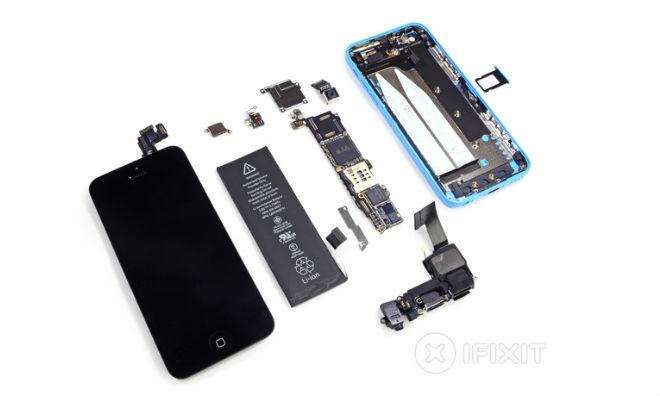
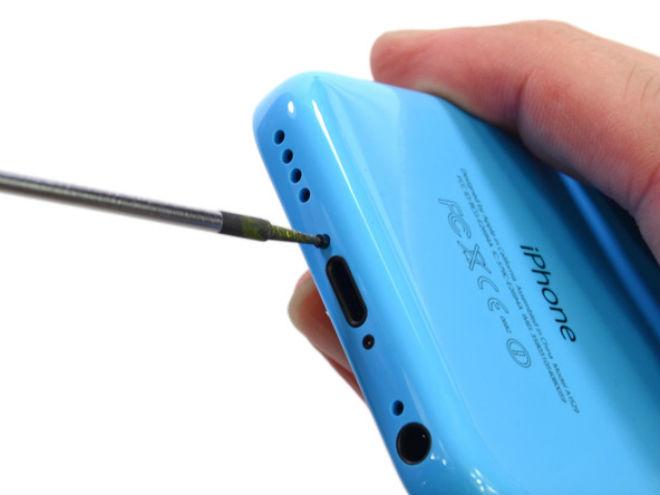





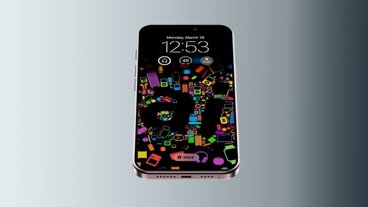








 William Gallagher
William Gallagher
 Sponsored Content
Sponsored Content
 Malcolm Owen
Malcolm Owen

 Mike Wuerthele and Malcolm Owen
Mike Wuerthele and Malcolm Owen

 Andrew Orr
Andrew Orr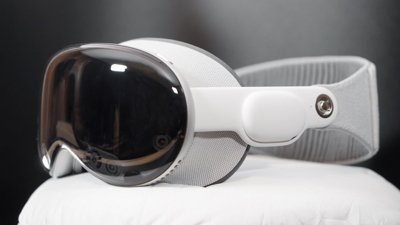
 Wesley Hilliard
Wesley Hilliard
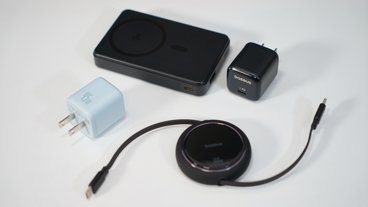



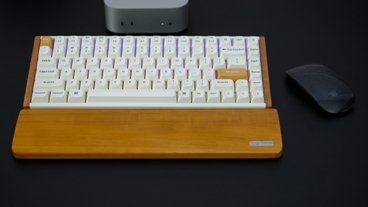
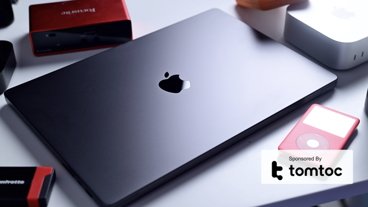
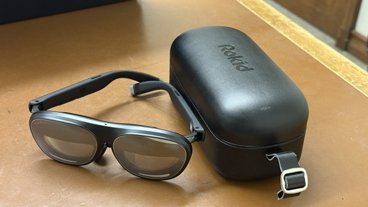

27 Comments
[quote name="AppleInsider" url="/t/159663/iphone-5c-teardown-reveals-solid-build-quality-glued-in-components#post_2401777"]The 5c packs a 3.8V?5.74Wh?1510mAh battery instead of the 3.8V?5.35Wh?[/quote] You're absolutely certain on these numbers, right¿
We have two 3GSs, an iPhone 4, a 4s and a 5 in our house. Never had to replace any of the internal components yet. Why bother scoring on repairability? They would be better scoring on reliability.
I really like ifixit's perky presentation ladies! They certainly give the impression that they're interested in the tech (whether they really are or not I don't know) anyway these ladies are a tech-geek's wet dream! lol
The name of the company is iFixIt! Why would they rate anything on a reliability score? Their goal is to sell parts and tools to help individuals fix their hardware. Thus the rating on the feasibility of doing so. Yes this is self serving but what do you expect, they do this to promote their business. [quote name="Crosslad" url="/t/159663/iphone-5c-teardown-reveals-solid-build-quality-glued-in-components#post_2401788"]We have two 3GSs, an iPhone 4, a 4s and a 5 in our house. Never had to replace any of the internal components yet. Why bother scoring on repairability? They would be better scoring on reliability.[/quote]
[quote name="wizard69" url="/t/159663/iphone-5c-teardown-reveals-solid-build-quality-glued-in-components#post_2401804"]The name of the company is iFixIt! Why would they rate anything on a reliability score? Their goal is to sell parts and tools to help individuals fix their hardware. Thus the rating on the feasibility of doing so. Yes this is self serving but what do you expect, they do this to promote their business. [/quote] And Apple doesn't design iPhones to promote iFixit's business.